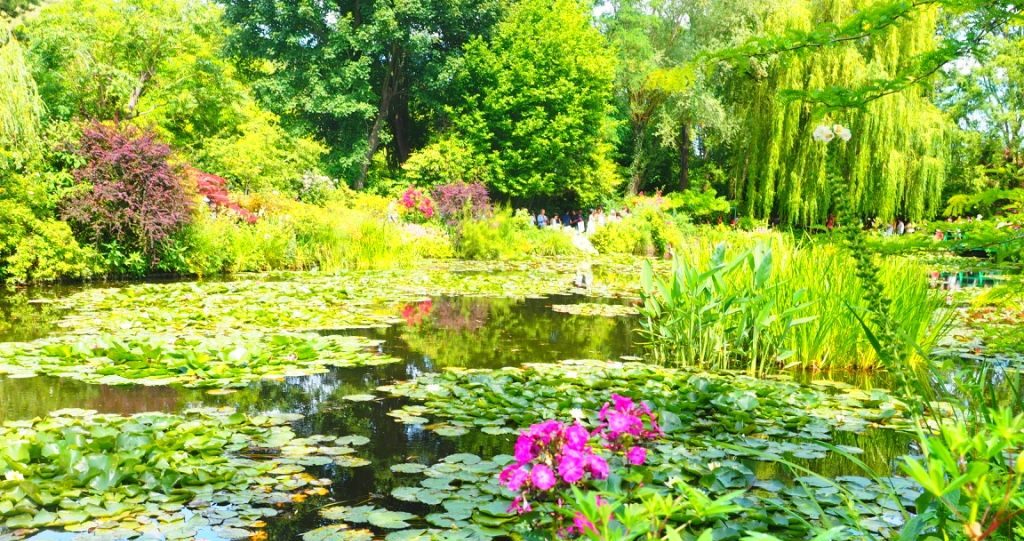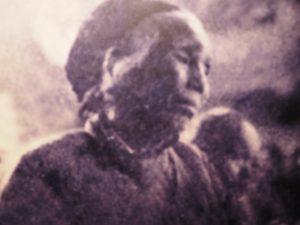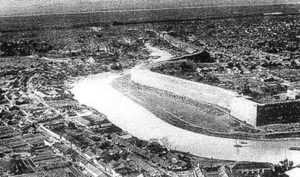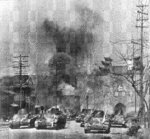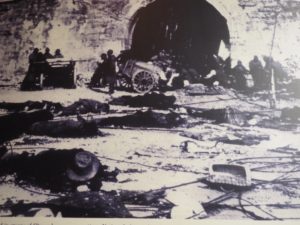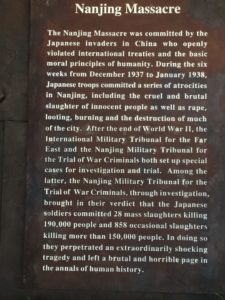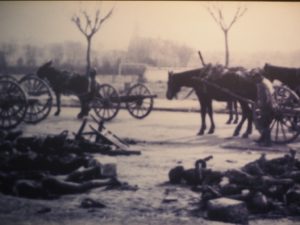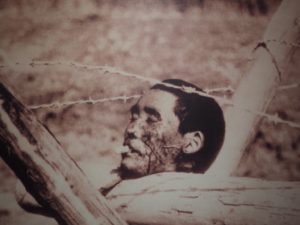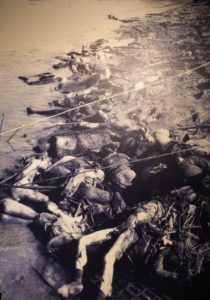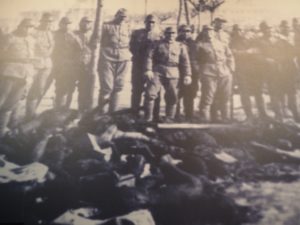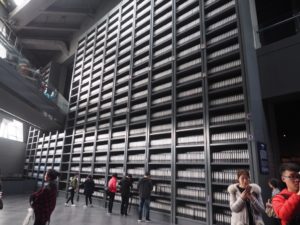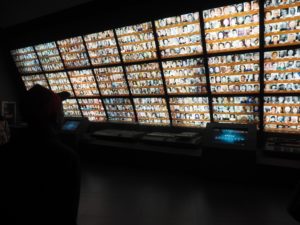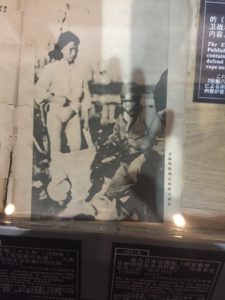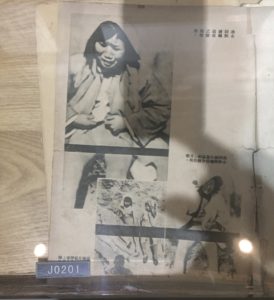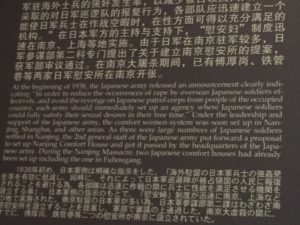My recent visit to Nanjing Massacre Memorial Hall was a harrowing emotional journey I had not anticipated.
I mean, to be honest, before I came to live in Nanjing (Nanking) I didn’t really even know about what happened here – and being from Wollongong I should hang my head in shame!
In 1938 the Waterside Workers in Port Kembla, New South Wales, Australia refused to load a cargo ship which was being sent to Japan, as the workers believed that the pig iron would be used in military action against the Chinese…the Pig Iron Strike!
…and good on them – what happened here over a 6 week period in 1938/9 is really beyond words.
So to give you a basic idea in 1938 Nanjing was the Chinese capital city, a walled city covering around 40 square kilometres (smaller than Manhattan), with an estimated population of around half a million.
After the collapse of Shanghai the Japanese moved on to Nanjing, whilst the remains of Chinese army and a hastily assembled army of local conscripts got ready to defend the city.
The sheer scale of the onslaught – air, land and water simply overwhelmed the city with the final breach beginning on Dec 13 1938.
There are many terrible things that happen in war and the concept of collateral damage always offends my moral sensibilities but what happened in Nanjing cannot be described as collateral damage.
Whilst the first offensives were against Chinese soldiers, eyewitness testimony from both Westerners and Chinese who lived in Nanjing and survived, say that, the Japanese troops engaged in rape, murder, theft, arson, and other war crimes on masse.
Welcome to Hell!
The Massacre Museum takes the visitor on a visual journey of the massacre, photos of the oncoming Japanese troops, defending Chinese, final invasion and rounding up of Chinese soldiers, actual executions, dead and mutilated bodies and burial sites. Physical items include army uniforms, unexploded grenades and bullets found on the battle field, bones of victims and personal items left behind.
Then we get to the survivors!
Historians have recorded the memories of survivors (Chinese, Japanese and English). They tell stories of what they saw, heard, smelt and experienced.
There are walls covered with folders holding the testimony of thousands of survivors, their faces and names for ever displayed on a wall, their stories immortalised so that we don’t forget.
Young children who witnessed the rape and killing of their entire families
Men who having been rounded up and shot on the banks of the river but not killed and who hid under dead bodies for hours
Women who were raped and mutilated and left for dead
People who hid or were just not in wrong place at the right time
These survivors retell the sheer scale of the systematic killing of native civilians.
There are many harrowing tales…but the worst story is the so called contest between two soldiers to see which one of them could kill 100 people first using only a sword.
As if this was not bad enough, it was covered like a sporting event with regular updates on the scoring.
This story has been hotly disputed in Japan but seemingly there was enough evidence provided during War Criminal Tribunal to convict both to death by hanging.
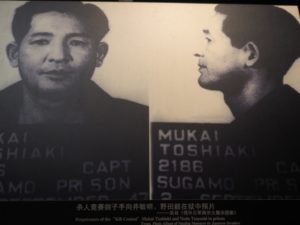
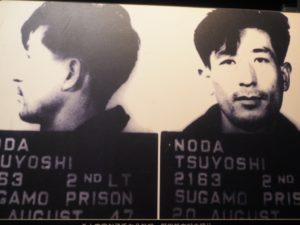
In the aftermath and with protests mounting internationally about the treatment of civilians, particularly the raping of women, the Japanese responded not by stopping the rape but by simply confining the rape to ‘comfort houses’ where women were treated as sex slaves over a period of 5 years during the occupation of China by Japan. How many died is unknown!
Finally the visitor is taken through the The Nanjing War Crimes Tribunal which was established in 1946 and there are photos of the various trials and their final outcome – public hanging!
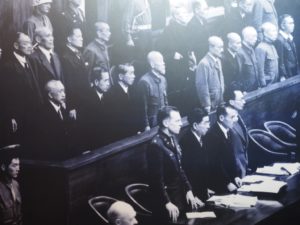
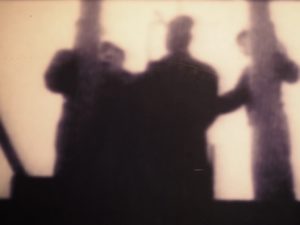
The photos are gruesome and revealing but for a moment just think about who took these photos?
I would say that there were relatively few victims reaching for their cameras….some westerners with the forethought of recording history but in the main these photos come from the Japanese – both journalists who were sending stories of victory and happy occupation back to Japan and by the Japanese soldiers themselves.
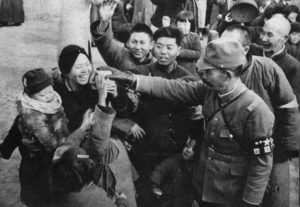
These photos have been held by the Japanese, with the intent to not release them due to their horrific nature and apparently there are many more in the archives still labeled ‘do not release’ because they are too graphic to view.
The 13 December is a day of National Remembrance Day and in Nanjing the bell tolls at 10am. Lest We Forget
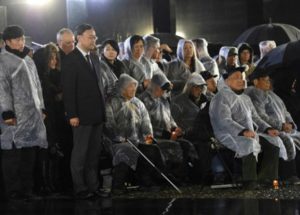
http://www.rfa.org/english/news/china/nanjing-japan-12132016153215.html
In Japan there are many ‘historical negationists’ who dispute the facts and claim that the massacre has been fabricated or at the very least exaggerated for propaganda purposes but then there are those who still don’t believe the Holocaust happened.
They just need to be ignored!
The photos that I have shared in this blog and the others that are on my website are photos of photos in the museum and reproduced with permission…
